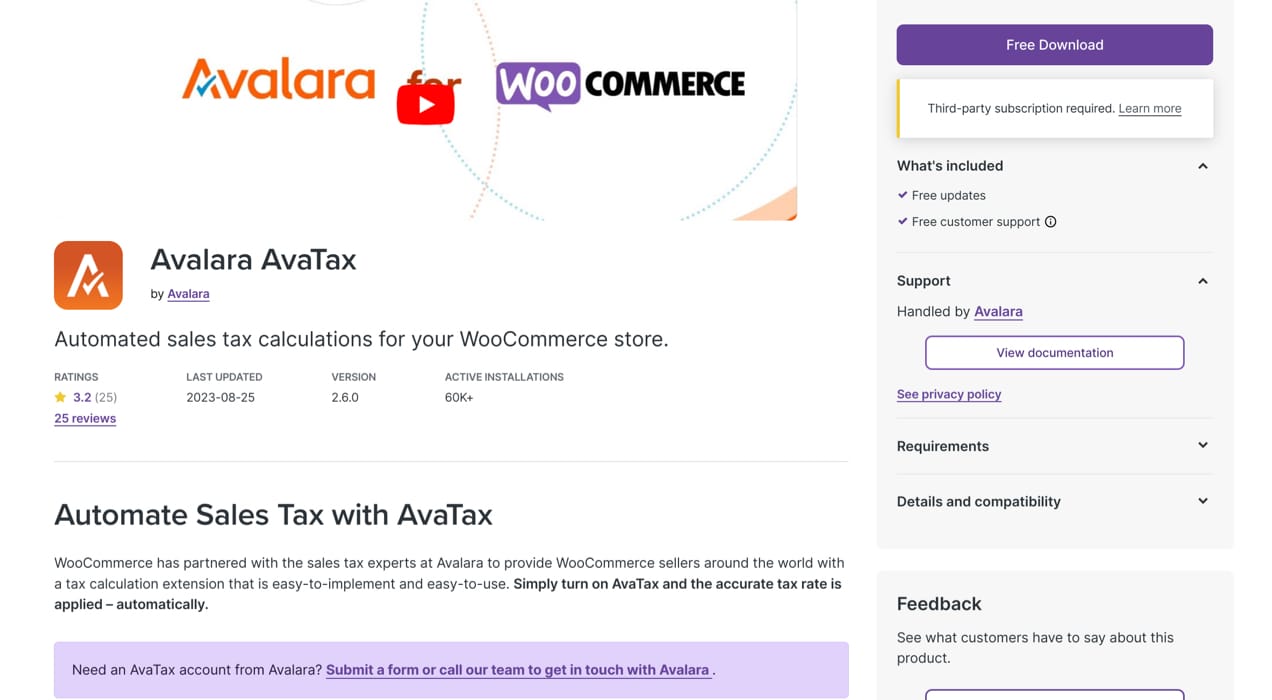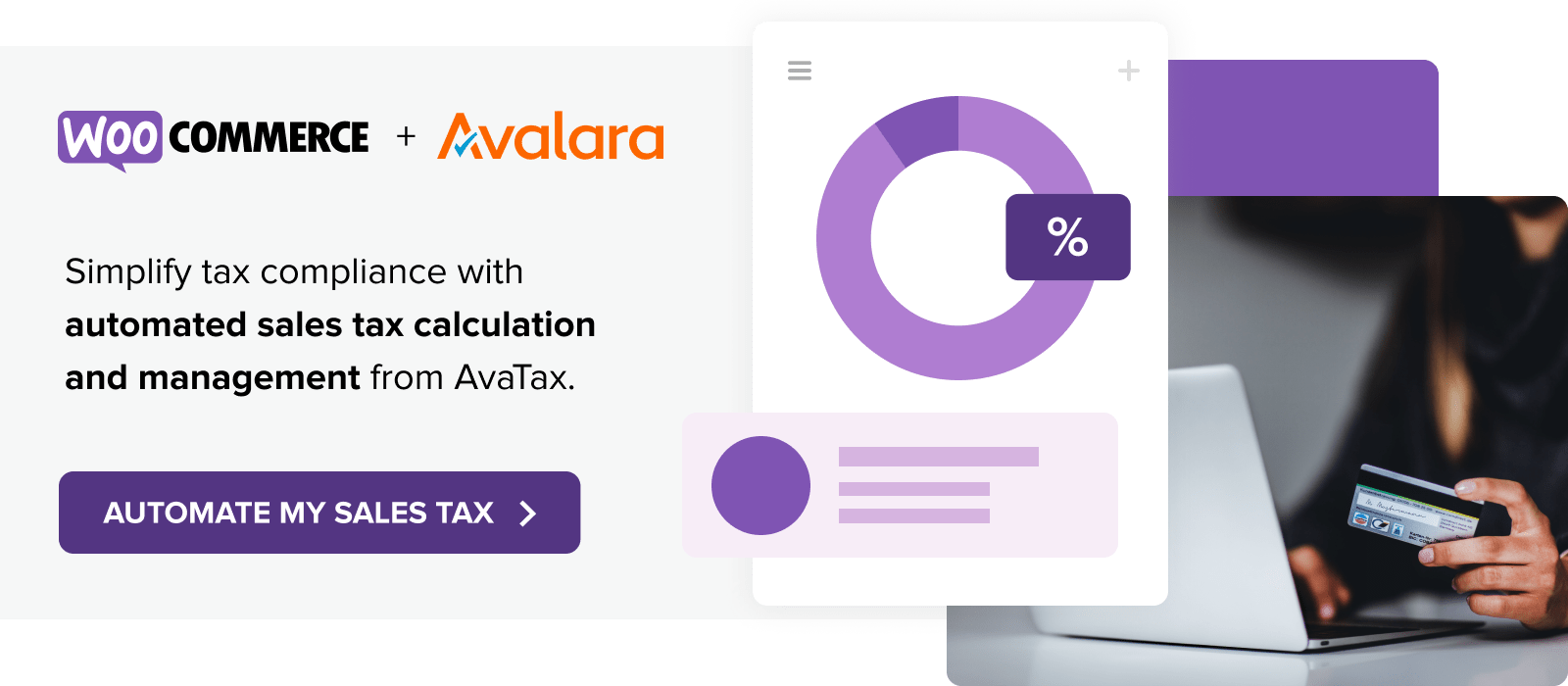In the five years since the momentous Wayfair decision by the U.S. Supreme Court, the sales tax landscape has shifted dramatically. Until that point, nexus — the connection between a seller and state that requires the seller to collect and remit sales tax there — was based on having a physical presence in a given state. Ecommerce taxes weren’t a thing: Many online purchases weren’t taxed, and life was a lot easier for internet sellers (and less expensive for their customers).
But in the wake of South Dakota v. Wayfair, Inc. in 2018, everything changed. This Supreme Court decision allowed states to create nexus requirements based on the amount of sales or the number of transactions a seller has in a state, regardless of whether the seller or its products are actually located in that state.
Most states have taken advantage: At the time of writing, 46 states now have economic nexus laws. (Need to know if these laws apply to you? Check out Avalara’s free guide, which explains the economic nexus thresholds in each state.)
Different laws in different states add compliance challenges
This created significant compliance challenges, and as more states continued to introduce laws around ecommerce taxes, the complexity only grew. Even more challenging is the fact that not only is sales tax different from state to state, it can be different within a state, too: Cities and counties often have their own taxes on top of the state’s base sales tax, which can make figuring it all out a nightmare.
And, merchants don’t just need to charge the right amount — they are responsible for filing returns and remitting the funds to each individual state. (Thankfully, merchants don’t have to file separate returns and send separate payments for the cities and counties within those states.)
To add yet another hurdle, rules and regulations change frequently, so companies that thought they were meeting their obligations can be in for an unpleasant surprise.
Ecommerce continues to grow
Still, consumers didn’t turn away from online shopping, even though they had to adjust to the idea of paying sales tax on their purchases. In fact, they shopped more: According to the International Trade Administration, global retail B2C ecommerce sales have gone from approximately $3.3 trillion (USD) in 2019 to a projected $5.9 trillion in 2023.
While some of that increase could be attributed to the pandemic, it’s clear that the Wayfair decision hasn’t pushed merchants — or consumers — away from ecommerce. Today, WooCommerce has nearly 4 million live installations helping businesses of all sizes sell their products and services online.
Tax revenue is booming, too
As online sales have grown, so has tax revenue — and the economic nexus laws enacted after Wayfair have proven to be a boon for states. The U.S. Government Accountability office reports that states collected at least $23 billion from online sellers in 2022. That’s triple the amount collected in 2019, and nearly eight times what they brought in from remote sales before Wayfair.
There’s a lot of money at stake when it comes to sales tax, and this growth comes during a period when overall tax revenue in many states has lagged. That means states are likely to aggressively protect this new revenue source through increased enforcement and audits.

The cost of audits, financial and otherwise
While increased sales are good news, increased audits are not: the average sales tax audit costs more than $300,000 USD. (Avalara) But even for companies that don’t have that kind of revenue, an audit can still be costly, because it’s not all about the money. It’s also about time. According to Avalara, whose tax solutions integrate seamlessly with WooCommerce, the process of a typical sales and use tax audit can take 30 to 45 days or longer.
Dealing with an audit almost always means businesses have to take time and resources away from other things in order to respond — which can put a strain on the business, especially for smaller companies. Combine that with potential financial penalties, and it’s easy to see why it is so important to stay on top of sales tax.
Global sales add the responsibility of global compliance
Economic nexus isn’t a concern limited to U.S. companies, either: Merchants located outside the U.S. are subject to state sales tax laws, even if they aren’t required to pay federal income tax. Companies that sell in the U.S. must comply with the laws of the states where they sell. And merchants with inventory in a warehouse in the U.S. might have to consider physical nexus, too.
Similarly, U.S. companies that sell abroad need to think about their global tax obligations. Many countries require taxes to be collected once a certain threshold is reached — but a few don’t have any threshold at all, meaning taxes on every sale need to be collected and remitted.
What does it all mean for you?
Ecommerce tax compliance can be a lot to process. Even if you’re already familiar with the concepts of economic nexus and ecommerce taxes (like many Woo merchants), you’ve probably got questions. That’s understandable — after all, you have better things to do than monitor current sales tax developments.
But let’s take a look at three key takeaways for your business as you move ahead in this rapidly changing landscape.
1. Ecommerce taxes are likely going to remain as complex and confusing as ever
The world of ecommerce taxes can be incredibly fluid — which means even if you’re keeping your head above water now, there might be a big wave just over the horizon. A state could lower its threshold to the point where you have economic nexus when the law changes. Another state could start taxing the items you sell differently than before. Rates could change in any number of jurisdictions. And international regulations ramp up the complexity even further.
Sales tax cases continue to arise in the courts, too: Earlier this year, the U.S. Supreme Court declined to hear a case arguing that a company located in North Carolina should not have to pay the state $3.24 million in sales taxes and penalties for items that it sold outside of the state. (We can’t get into all the details here, but the short story is that the company initially received materials outside of the state, transferred them to a carrier — also outside the state — and then the materials were ultimately delivered to customers in the state. The state decided to tax those sales, and won when the company sued.)
What’s the next big wave going to be? Nobody knows. The only thing that is certain with sales tax is that the waves are going to keep coming — and big or small, any of them can impact your business.
2. Many businesses will continue to struggle with compliance
Trying to manually keep up with regulations in different states and markets — and then figure out the right amount of tax to charge on every transaction, and then file and remit taxes in each jurisdiction — can be almost impossible for businesses of any size. Small businesses often don’t have the resources to do it, while many medium and large companies sell in too many markets to manage it all on their own.
An Avalara survey of 1,000 businesses in the U.S. and U.K. illustrated the challenges: Almost 40% of respondents don’t believe they are fully compliant with economic nexus laws, with small businesses the most uncertain. And only a little more than half said they could even explain all of their online sales tax obligations (which might mean they aren’t meeting them). If you find tax laws complex and confusing, you’re not alone: 72% of respondents agreed.
3. Technology is going to be even more important
WooCommerce doesn’t collect sales tax for you, but the power of our platform includes integrations that can help you stay on top of your tax compliance — right in the system you already use.
For instance, Avalara AvaTax can manage everything from calculating sales tax in different jurisdictions to managing exemption certificates (for customers who don’t need to pay sales or use taxes). You can even automate filing returns and remitting payments. And if you sell globally, Avalara streamlines calculation of customs duties, VAT, and more.

With the right tools, you won’t need to stay on top of changing rules and regulations, because the system will update automatically. You won’t need to wonder if you’re charging the right amount of tax. And you won’t need to worry if you happen to be audited, because automation also significantly reduces the risk of tax errors in your transactions.
Another reason to lean on technology is the impact it can have on the rest of your business. In the Avalara survey, 33% of respondents said they used manual tools — such as spreadsheets and rate tables — to help manage their tax compliance. Manual tools like this may feel familiar, but they pose the risk of manual errors and take a lot of time to use and maintain. With automation, you don’t just reduce the risk of errors; you can increase the time you or your staff put toward more profitable initiatives.
Compliance doesn’t have to be an obstacle
While the tools in WooCommerce can help you make sales tax less stressful, it’s never going to be easy — especially if your business is looking to grow, enter new markets, or introduce new products. But with the right approach, the right solutions, and the right partners, you can ensure that your compliance obligations don’t get in the way of opportunity.
This post was written in partnership with Avalara. Oliver St. George is a Senior Partner Marketing Manager at Avalara in the fintech and commerce space.
